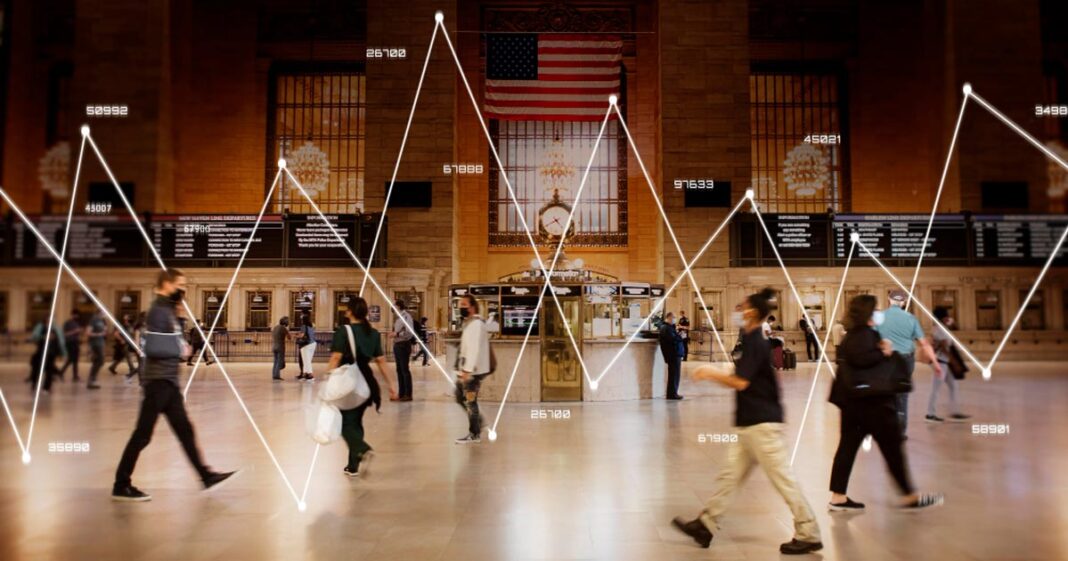
Introduction
Media plays a crucial role in shaping public opinion, influencing political discourse, and determining electoral outcomes. From traditional newspapers and television to the rise of digital platforms and social media, the landscape of political communication has evolved significantly. However, concerns about media bias, misinformation, and corporate influence have raised questions about the integrity of news reporting. This article explores the role of media in politics, its influence on democracy, and the challenges of navigating the digital age.
How Media Shapes Political Opinion
The media serves as the primary source of political information for the public. Whether through television broadcasts, online news platforms, or social media discussions, people form political opinions based on the information they consume.
1. Agenda-Setting and Framing
– The media determines which issues receive attention, thereby shaping public discourse.
– News outlets can frame political events in ways that influence public perception.
– Example: The way different news organizations covered the Black Lives Matter protests in the U.S. significantly impacted public opinion on police reform.
2. The Power of Political Endorsements
– Newspapers and media personalities often endorse candidates, swaying voter preferences.
– Example: The endorsement of Barack Obama by major newspapers like The New York Times helped strengthen his credibility during the 2008 election.
3. Investigative Journalism as a Watchdog
– Investigative journalism holds governments and politicians accountable by exposing corruption and wrongdoing.
– Example: The *Washington Post*’s investigative reporting on the Watergate scandal led to President Nixon’s resignation.
Media Bias and Its Impact on Politics
While media is meant to inform, it can also shape narratives in biased ways, favoring certain ideologies or political parties.
1. Partisan Media and Echo Chambers
– Many news organizations lean politically, leading audiences to consume information that reinforces their existing beliefs.
– Example: Fox News is known for its conservative stance, while MSNBC leans liberal.
2. Sensationalism and Clickbait Journalism
– Some media outlets prioritize sensational stories to drive engagement rather than factual reporting.
– Example: The 2016 U.S. election saw an influx of misleading headlines aimed at increasing web traffic.
3. Corporate and Political Influence
– Large media corporations often have political and financial interests that affect their reporting.
– Example: Media moguls like Rupert Murdoch have been accused of using their platforms to influence elections and policies.
The Rise of Social Media in Political Influence
The advent of social media has transformed political communication, allowing direct engagement between politicians and the public.
1. Direct Political Engagement
– Platforms like Twitter, Facebook, and Instagram allow politicians to communicate directly with citizens.
– Example: Former U.S. President Donald Trump’s use of Twitter reshaped modern political messaging.
2. The Spread of Misinformation and Fake News
– False information spreads rapidly on social media, influencing voter perceptions and behavior.
– Example: During the 2016 U.S. presidential election, fake news stories outperformed factual reporting on Facebook.
3. Political Advertising and Microtargeting
– Social media enables targeted political ads, often tailored using data analytics.
– Example: Cambridge Analytica’s role in the Brexit referendum and the 2016 U.S. election raised ethical concerns about data-driven voter manipulation.
Case Studies of Media Influence on Elections
1. The 2016 U.S. Presidential Election
– The role of Russian interference and social media misinformation campaigns significantly impacted voter behavior.
– WikiLeaks’ release of Democratic emails influenced the perception of Hillary Clinton.
2. India’s 2019 General Elections
– WhatsApp was widely used to spread political propaganda and fake news.
– Major news channels showed clear partisan leanings in their election coverage.
3. The Brexit Referendum (2016)
– British tabloids played a major role in influencing public sentiment against the European Union.
– Misinformation about economic consequences swayed voter decisions.
The Future of Media in Politics
As technology advances, the intersection of media and politics will continue to evolve. Here are some key trends to watch.
1. The Growth of Independent and Citizen Journalism
– Platforms like Substack and Patreon allow journalists to bypass corporate influence and reach audiences directly.
– Citizen journalists use smartphones and social media to report on political events in real-time.
2. Stricter Regulations on Misinformation
– Governments and tech companies are implementing policies to combat fake news and deepfakes.
– Example: Facebook and Twitter have introduced fact-checking programs to curb misinformation.
3. AI and Automated News Generation
– Artificial intelligence is being used to generate news articles and moderate content.
– Ethical concerns remain about algorithmic bias and the potential for manipulation.
Conclusion
Media remains a powerful force in politics, shaping public opinion, holding leaders accountable, and influencing election outcomes. However, issues of bias, misinformation, and corporate influence pose serious challenges. As we navigate the digital age, it is crucial for media consumers to critically evaluate information sources, for journalists to uphold ethical reporting standards, and for policymakers to regulate harmful practices while preserving press freedom. The future of democracy depends on a well-informed public, and responsible media is key to achieving that goal.





